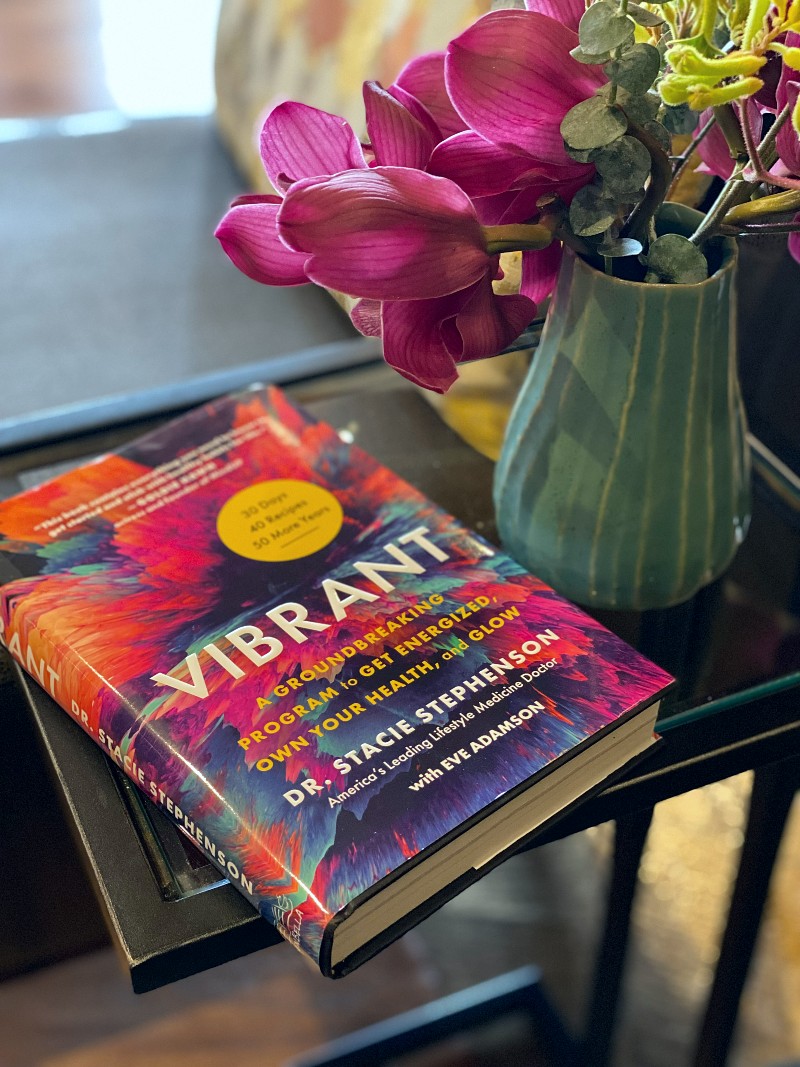Can you imagine if you had the power to say a single word and change your life? Well, what if I told you that it’s possible?
As part of my mindfulness research, a psychology-based concept I recently learned about was theorized over a century ago by famed Austrian neurologist and the founder of psychoanalysis, Sigmund Freud. In the early 1900s, Freud theorized the term “switch words”, as a way to help people essentially hack their subconscious minds to reprogram their beliefs, change their behaviors and actions more easily, and transform their lives.
Since I love learning practical life hacks that can help us reach our goals faster and become our best selves, I instantly became intrigued with this topic. As I tend to view our brains much like a computer, oftentimes when things aren’t working properly in our lives, we might need to upgrade our software or eliminate malware. The best way to do this is through mental reprogramming, which is why this topic piqued my curiosity. On a conceptual level, I view the use of “switch words” as similar to using a command key on your computer keyboard.
In today’s personal growth guide, learn how to use switch words to hack and reprogram your subconscious mind.

What are switch words?
Essentially, switch words are words (vibrational switch phrases) that switch the subconscious mind on to full power and are considered effective since they can bypass the conscious mind. This intriguing theory was first explained by Sigmund Freud in his renowned book, The Psychopathology of Everyday Life. The concept is that simple words like vibrant and love can have an effect on our subconscious minds.
Since then, other authors have gone on to apply this theory to modern life, by helping to explain how it works, why it can be beneficial in terms of manifesting (or creating the life you want), and even how it can help you overcome limiting beliefs that developed during childhood or traumatic life experiences.

Why switch words succeed where affirmations can fail
As explained in the book Switchwords: How to Use One Word to Get What You Want (by author Liz Dean), “The difference between Switchwording and affirmations lies in the part of the brain that they’re designed to address. Switchwords work through sound and feel, which creates a vibration that speaks to the unconscious mind; affirmations work through semantics, or the words’ meanings, which has a direct appeal to the conscious mind. Affirmations use words that exactly match our purpose (‘I am strong, I am successful’), whereas Switchwords reach behind the conscious brain to get to the part that affirmations do not reach. Does our unconscious mind truly believe ‘I am strong, I am successful’ yet? Often, there’s a part of us that’s decrying the affirmation – the cynical ‘Oh yeah’ voice within that’s yet to be convinced that we could be anything other than we are. Also, there’s a scientific reason why our positive, conscious affirmations often don’t get through.
According to Mark Waldman and Andrew Newberg MD, ‘The brain barely responds to our positive words and thoughts. They’re not a threat to our survival, so the brain doesn’t need to respond as rapidly as it does to negative thoughts and words.’ The part of the brain that responds to threats to our survival (fight or flight mode, as it is known) is the amygdala, which plays a role in the unconscious memory. Perhaps the amygdala, the old, reptilian part of the brain, is involved in the response to Switchwords, resulting in a decrease in or deletion of negative memories that can drive our actions and decisions. If we try to manifest what we want in life when old memories and beliefs oppose our conscious willingness, it’s likely that our wishes won’t produce results. Switchwords align us so that we can manifest. This is why TOGETHER is the master Switchword, because it brings us into perfect alignment within ourselves and attunes us to the universe.
Because Switchwords are not literal, they slip under the radar of the conscious mind without revealing their purpose. That way, the conscious mind can’t intervene, question, analyse or disrupt their flow. It can’t hinder the flow of energy or block our ability to manifest.
This doesn’t mean you can’t continue to use your positive affirmations if you want to – they can be very helpful in reinforcing your integrity in stressful situations – but, in my experience, Switchwords work more quickly and more profoundly.
For this reason, Switchwords appear to have more in common with mantras than with positive affirmations. As Switchwords work through vibrational rather than literal meaning, they share their purpose with mantras… With Switchwords we don’t need to understand the words, know them or have any personal point of reference for them to work. They operate on the vibration of sound, rather than the anchor of conscious knowing.”
She goes on to write, “Just as Freud believed that we are driven by our subconscious patterning, the biologist Bruce Lipton in his book The Biology of Belief comments: ‘We are completely unaware that our subconscious minds are making our everyday decisions. Our lives are essentially a printout of our subconscious programmes, behaviours that were fundamentally acquired from others (our parents, family and community) before we were six years old. As psychologists recognise, a majority of these developmental programmes are limiting and disempowering’.”

How to use switch words as part of your mindfulness practice:
- use switch words to engage the subconscious into beliefs of what you want
- use switch words to clear old programming, limiting beliefs
- use switch words to create inner harmony and wellbeing
What responses might you experience when reciting switch words?
Aside from supposedly helping you manifest what you want easier and helping you to make radical internal shifts within your mind, you might experience a variety of body sensations, images, and feelings pop up as you recite the words to yourself.
For example, I noticed that my body suddenly got a tingling sensation when reciting certain switch words (I assume words that possibly triggered a repressed emotion or a deeply held belief that I want to change). And then, I instantly felt happy, calm, and even a comforting sensation (within my solar plexus, sacral, heart, and root chakras) when I recited other switch words.
So, depending on your current subconscious programming and belief systems, you might experience various physical and emotional responses as you try saying different switch words. Pay attention to how you feel as you say the following switch word phrases:
- BRING ON LOVE DIVINE (use to attract a romantic partner)
- ADD COUNT JACKPOT NOW (use to attract money)
- TOGETHER CURVE RESTORE (use for weight loss)
- CLEAR PURE ALIGN (use for mental and emotional well-being)
To learn more about the list of switch words and phrases, check out the book Switchwords: How to Use One Word to Get What You Want.
Can switch words help you manifest your dream life?
As Liz Dean explained to The Daily Mail, “The subconscious controls a staggering 95 percent of our actions and decisions, so to make changes in our lives, we need to talk directly to this powerful part of us.”
While there have yet to be any scientific studies that have proven the efficacy of switch words (from my preliminary research), thousands of people have claimed to have benefited from using them in their daily lives. And, my perspective on these “woo woo” topics is this – if a practice can potentially benefit us (without causing detriments), why not try it? It’s like reciting positive affirmations if you ask me. So, if you’re looking to reprogram your subconscious mind so that you can create your dream life, it might be worth adding switch words into your daily practice.
Shop The Guide:
[Disclosure: Affiliate links included. This post is for informational purposes only.]


















